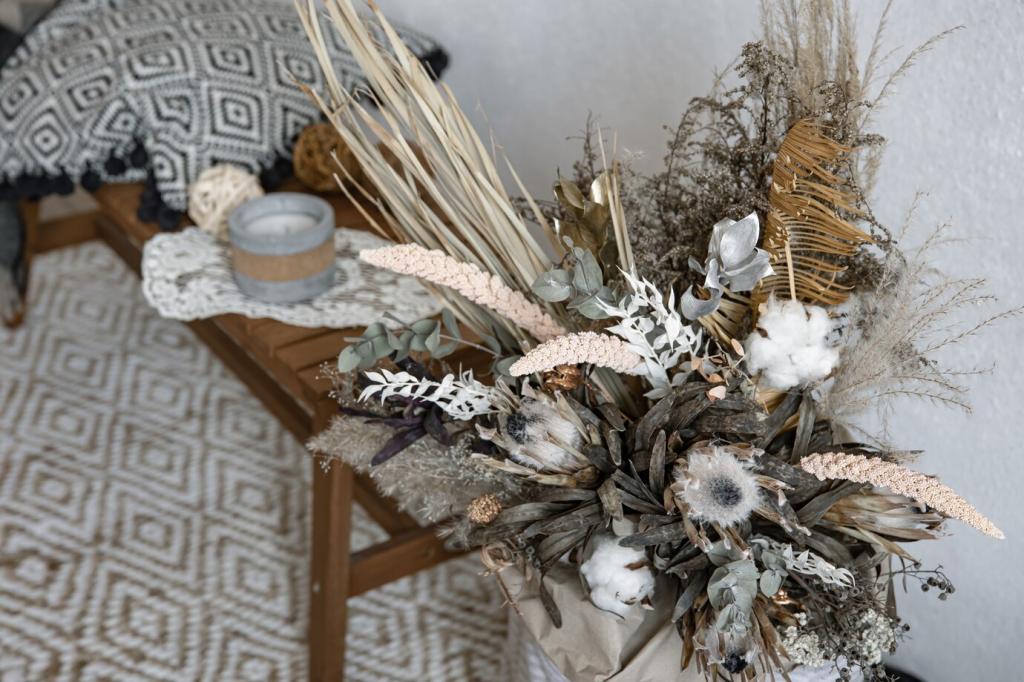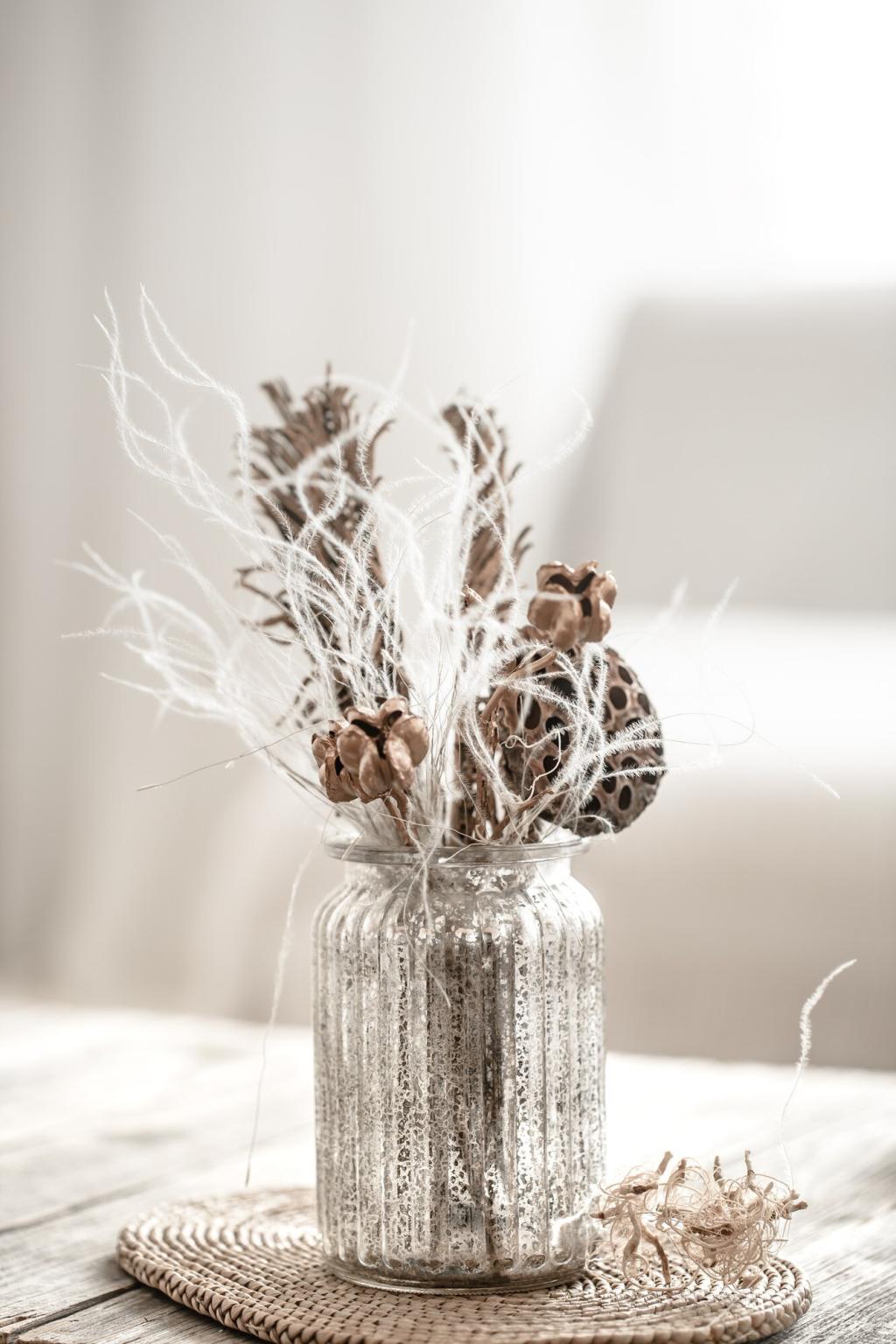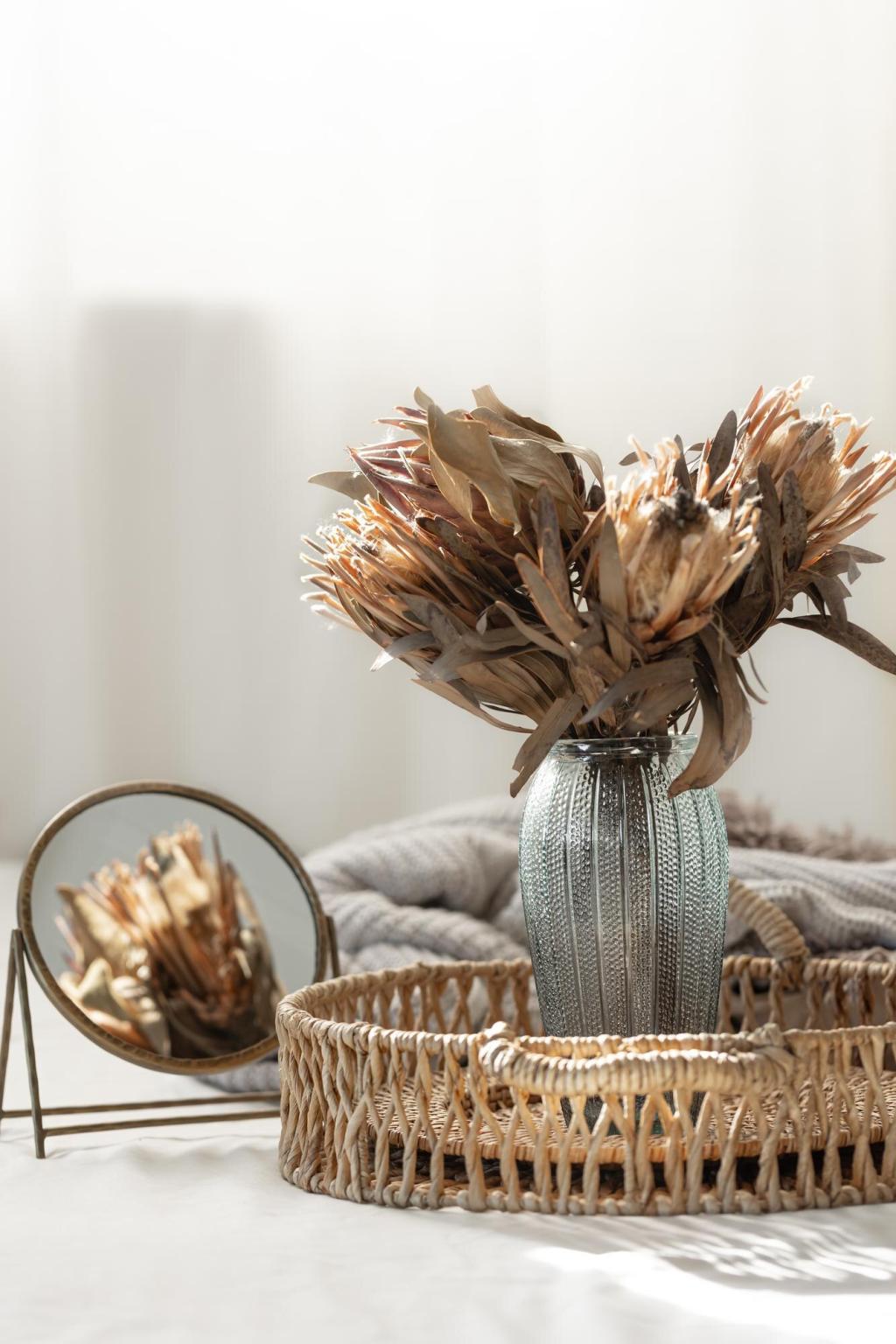The fusion of natural environments with our daily lives has sparked a revolutionary movement known as biophilic design. As more people recognize the profound impact nature has on their well-being, architects, interior designers, and homeowners alike are reimagining spaces to foster deeper connections with the environment. Incorporating the principles of biophilia transforms not only our surroundings but also enhances our mental and physical health, bringing tranquility and vitality into urban and rural lifestyles alike. Discover how modern biophilic trends are reshaping living spaces for a healthier, more harmonious life.
The Essence of Biophilic Design
The Psychological Impact of Nature
Exposure to nature has been linked to reduced stress, improved mood, and heightened cognitive function. Biophilic design harnesses these psychological benefits by weaving nature-inspired elements into our daily surroundings, fostering a sense of calm and contentment. When individuals interact with natural features—whether through sunlight filling a room or the presence of indoor plants—they experience measurable boosts in well-being. These subtle yet powerful influences help counteract the effects of modern, technology-driven lifestyles, offering a vital balance that supports mental health.


The Rise of Indoor Greenery
Houseplants, living walls, and vertical gardens have surged in popularity, turning indoor areas into thriving ecosystems. These green features not only purify the air but also infuse interior environments with energy and vibrancy. Biophilic trends encourage the seamless integration of greenery within the home or workspace, offering a continual visual connection to nature. The presence of living plants becomes a dynamic part of daily rituals, enhancing mood and concentration while contributing to the overall aesthetic appeal of the space.
Stone, wood, bamboo, and other organic materials are central to biophilic interiors. Their tactile surfaces invite touch and remind us of nature’s genuine artistry. Designers use these elements to forge a calming atmosphere that cannot be replicated by synthetic alternatives. The interplay of textures—like smooth river rocks underfoot or the grain of reclaimed wood—appeals to the senses and grounds occupants within their surroundings, delivering both visual intrigue and emotional comfort.

Growing food at home is a trend gaining unprecedented traction, as people recognize the physical and mental benefits of gardening. Edible gardens and small-scale urban farms offer a tangible connection to earth’s cycles while promoting fresh, local produce. These living landscapes enhance both physical health through increased nutrition and emotional well-being by instilling a sense of purpose and achievement as individuals nurture seeds into sustenance.
Outdoor Spaces Reimagined for Wellness
Join our mailing list
